mejor generador de vapor de biomasa para la venta
Biomass steam generators use biomass as the fuel source to heat water and produce steam. Se utilizan en muchas industrias, incluido el procesamiento de alimentos., pulpa & papel, generación de energía y más.
Generador de vapor de biomasa
Biomass steam generators se utilizan en la comida, industrias químicas y energéticas. La biomasa se procesa en material combustible triturando, el secado, molienda y tamizado. combustibles de biomasa como astillas de madera o tallos de maíz se pueden utilizar para este proceso. Luego, el combustible sólido se quema para producir vapor a alta temperatura que luego se usa para varios propósitos, como secar alimentos como el arroz o la caña de azúcar para que sea adecuado para el almacenamiento.; cooking food; heating buildings in winter etc.
Biomass steam generators are also known as biomass-fired heaters or bio-heaters since they use biological material (biomass) as a fuel source instead of fossil fuels like oil or carbón which have been exhausted over time.
What is a biomass steam generator?
best biomass steam generator
A generador de vapor de biomasa is a device that generates steam from a biomass. Biomass can be any organic material, including wood, plant matter and food scraps. Steam generators are used for many purposes, including generating electricity, industrial processes and heating. They’re also used for cooking—you’ve probably seen one in your local Chinese restaurant!
How does a biomass steam generator work?
steam generator working principle
The biomass steam generator is a system that uses a wood or other biomass fuel to create steam. The fuel burns in the firebox, which heats water in a boiler to generate steam. The steam is used to power a turbine, which turns and drives an electrical generator.
The electricity from the generator can be used on site or fed into the grid. In either case, it’s a renewable source of energy that doesn’t add to global warming because it’s carbon neutral.
Necesito una nueva caldera?
What are the types of steam generators?
Types of Steam Generators
Firetube. These are most often used in processes that need anywhere from from 15 a 2,200 caballo de fuerza (1 hp = 746 watts, or W). This type of boiler is cylindrical, con la llama en la cavidad del horno y los propios gases de combustión se mantienen dentro de una serie de tubos. Estos vienen en dos diseños básicos.: espalda seca y espalda mojada.
Tubo de agua. In this arrangement, los tubos contienen vapor, agua o ambos, mientras que los productos de la combustión pasan por el exterior de los tubos. Estos a menudo tienen varios juegos de tambores., y porque usan relativamente poca agua, estas calderas ofrecen capacidades de vapor inusualmente rápidas.
Comercial. These usually feature combinations of watertube, diseños pirotubulares y de resistencia eléctrica. Son populares en edificios grandes que requieren una temperatura mayormente constante., como escuelas y bibliotecas, oficinas y edificios gubernamentales, aeropuertos, complejos de apartamentos, universidades y otros laboratorios de investigación hospitales, y así.
condensación. Condensing boilers can reach thermal efficiency levels of to 98 por ciento, comparado con 70 a 80 porcentaje alcanzable utilizando diseños de calderas estándar. Los niveles típicos de eficiencia alcanzan alrededor 90 por ciento cuando la temperatura del agua de retorno es de 110 Para más bajo, and rise with decreasing water-return temperature thereafter.
Flexible watertube (flextube). This construction is particularly resistant to “heat shock,” making it a natural option for heating uses. Flexible watertube boilers come in a wide range of fuel inputs and are well-suited for low-pressure applications using either steam or hot water. (Not all “boilers” actually boil water!) These are also quite easy to maintain, with easy access to their working parts from the outside.
Eléctrico. These boilers are famously low-impact: clean, quiet, easy to install, and small in relation to their utility. Because nothing is actually burned (that is, there is no flame to worry about), electric boilers are marvelously simple. There are no fuels or fuel handling equipment in the mix, and hence no exhaust and no need for associated pipes and ports. Además, these have heating elements that are easy to replace.
Heat recovery steam generator (HRSG). This is an innovative energy-recovery “heat exchanger” that recovers heat from a stream of hot gas passing by. These create steam that can be used to drive a particular a process or used to drive a steam turbine to power electricity generation using an electromagnet. HRSGs are built on a foundation of three primary components – an evaporator, a superheater and an economizer.

How much does a biomass steam generator cost?
biomass steam generator cost
Biomass steam generators are a cost-effective solution for heating and cooling applications. They are also ideal for industrial processes and other high-temperature applications.
The initial cost of a biomass steam generator can vary depending on the size, configuration, type of fuel used (p.ej., wood chips or pellets), and power output required by the system. De media, we have seen that biomass boilers range from $11-$25 per kilowatt of capacity when using wood fiber as a fuel source. Por ejemplo: If you look at our BTX product line which uses hardwood sawdust pellets, it would cost about $15-$20 per kilowatt of capacity installed (including installation costs).
If you’re looking for other options such as calderas de biomasa with lower installation prices but higher purchase costs then check out our MBT series which runs on methane gas produced from landfills or other organic waste sources like sewage sludge or food scraps from restaurants and grocery stores! These systems have an average price tag between $18-$30 per kilowatt depending on what kind of heat recovery equipment is needed so make sure you talk with one of us before making your decision!
What is the difference between a boiler and a steam generator?
A boiler is a heat exchanger that can be used to generate steam or hot water. It does this by heating up water in its interior and capturing the steam that results. A boiler will generally have a chimney situated above it so that the steam can escape safely, although some types of boilers do not have chimneys (vea abajo).
Un generador de vapor también es un intercambiador de calor, pero se diferencia de las calderas en dos aspectos importantes.: primeramente, está diseñado específicamente para su uso en centrales eléctricas; en segundo lugar, mientras que las calderas suelen estar ubicadas al aire libre, la mayoría de los generadores de vapor se instalan en interiores porque requieren un control de temperatura más preciso que las calderas estándar.
Obtenga cotizaciones de calderas GRATIS
- ✔Obtenga cotizaciones de calderas locales GRATIS hoy
- ✔Compara Los Mejores Precios
- ✔Ahorre dinero en su nueva caldera hoy!
¿Qué combustible usa el generador de vapor??
- Astillas de madera, pellets de madera, o aserrín se utilizan como combustibles de biomasa. These are all organic materials that have been converted into fuel-like substances using a process called pyrolysis.
- Other types of biomass include agricultural waste such as rice husks and corn cobs; municipal solid waste like compostable kitchen scraps and paper; livestock waste like manure; and even algae.
- A boiler is used to generate steam in a steam turbine (which can be connected directly to an electricity generator). El propósito de esta turbina de vapor es convertir la energía térmica en energía mecánica haciendo girar las palas de su hélice a alta velocidad. (y luego permitiéndoles reducir la velocidad de nuevo).
Conclusión
Es importante saber que el generador de vapor de biomasa no es solo un medio para calentar agua sino también una forma de generar energía. Utilizan diferentes tipos de combustible como astillas de madera., cáscara de arroz, y paja que se pueden utilizar como fuente de energía alternativa debido a su abundante disponibilidad. Con el aumento del costo de los combustibles fósiles, these types of generators are becoming more popular because they provide an alternative source of fuel while also helping reduce pollution levels around cities or towns where there may not be any other source available nearby. This type of generator provides reliable service when needed most because it operates on renewable resources such as wood chips rather than burning natural gas from oil wells which could potentially run out someday if used too heavily throughout history.

Buscando calderas con fabricación sofisticada, gran calidad?
La caldera Fangkuai siempre puede proporcionar lo que desea.

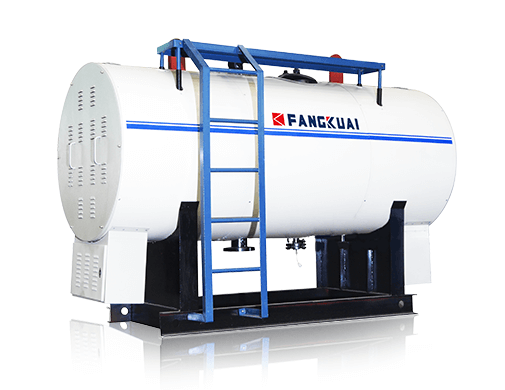 Caldera de agua caliente eléctrica
Caldera de agua caliente eléctrica 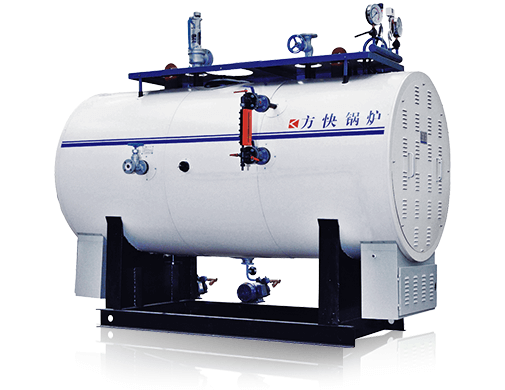 Caldera de vapor eléctrica
Caldera de vapor eléctrica 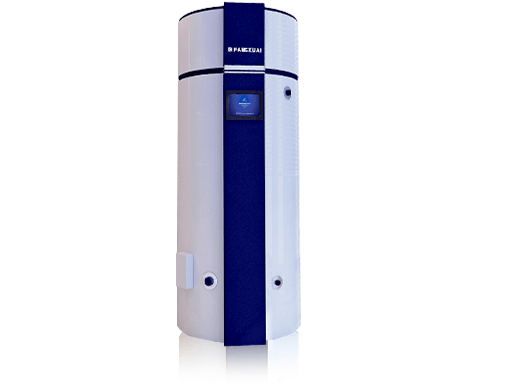 Caldera de agua caliente a gas V6
Caldera de agua caliente a gas V6 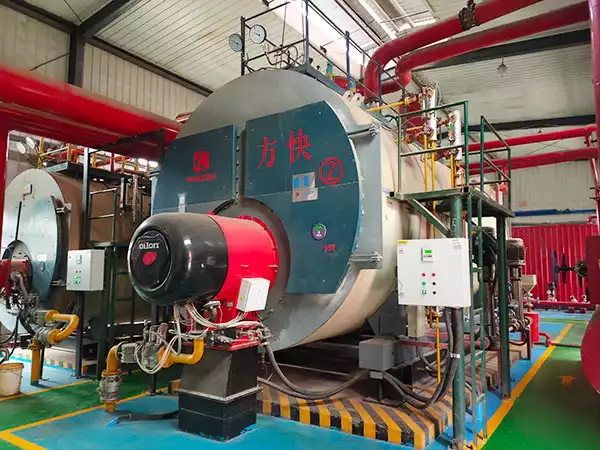 2023 Guía de precios de calderas de gas | Comparación de los costos de las calderas de gas domésticas
2023 Guía de precios de calderas de gas | Comparación de los costos de las calderas de gas domésticas 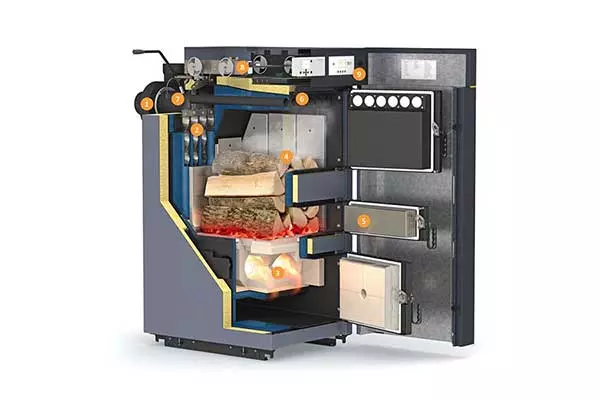 Las mejores calderas de gasificación de madera a la venta | Guía de compra
Las mejores calderas de gasificación de madera a la venta | Guía de compra 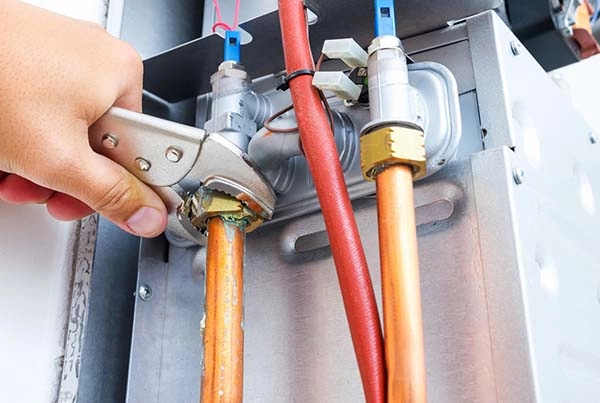 Precios de calderas mixtas eléctricas | 2023 Guía de compra
Precios de calderas mixtas eléctricas | 2023 Guía de compra 